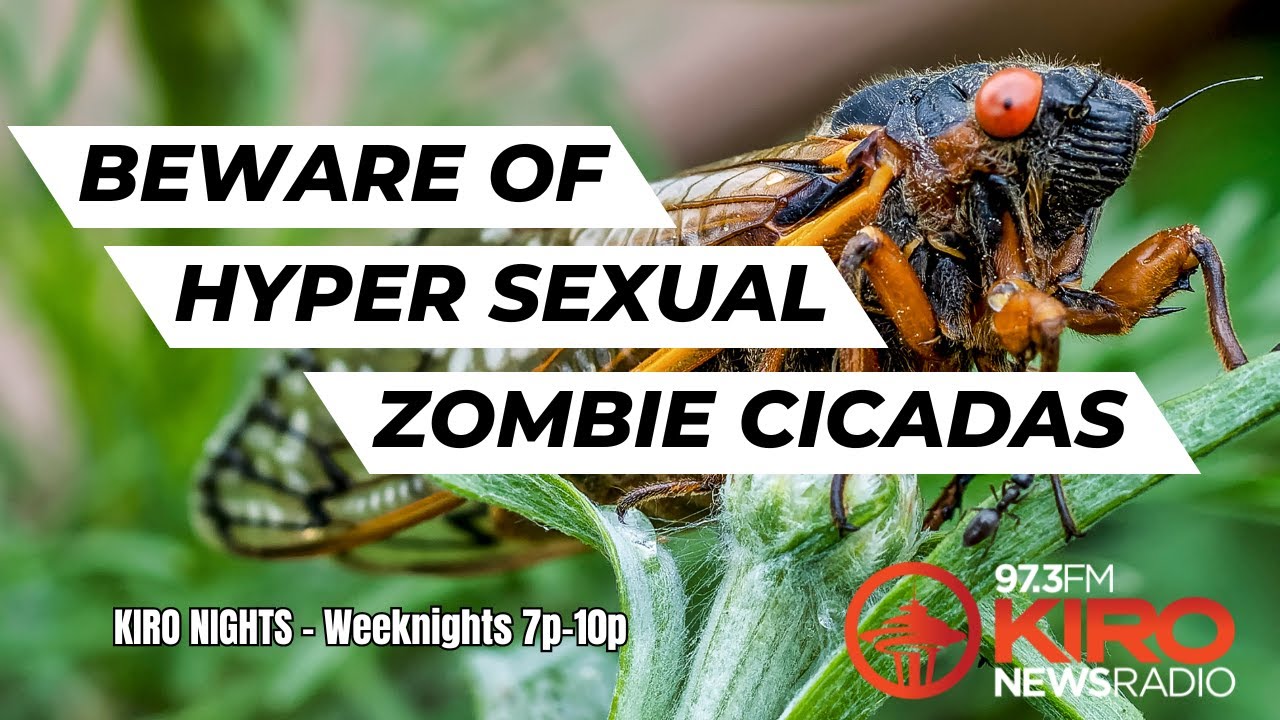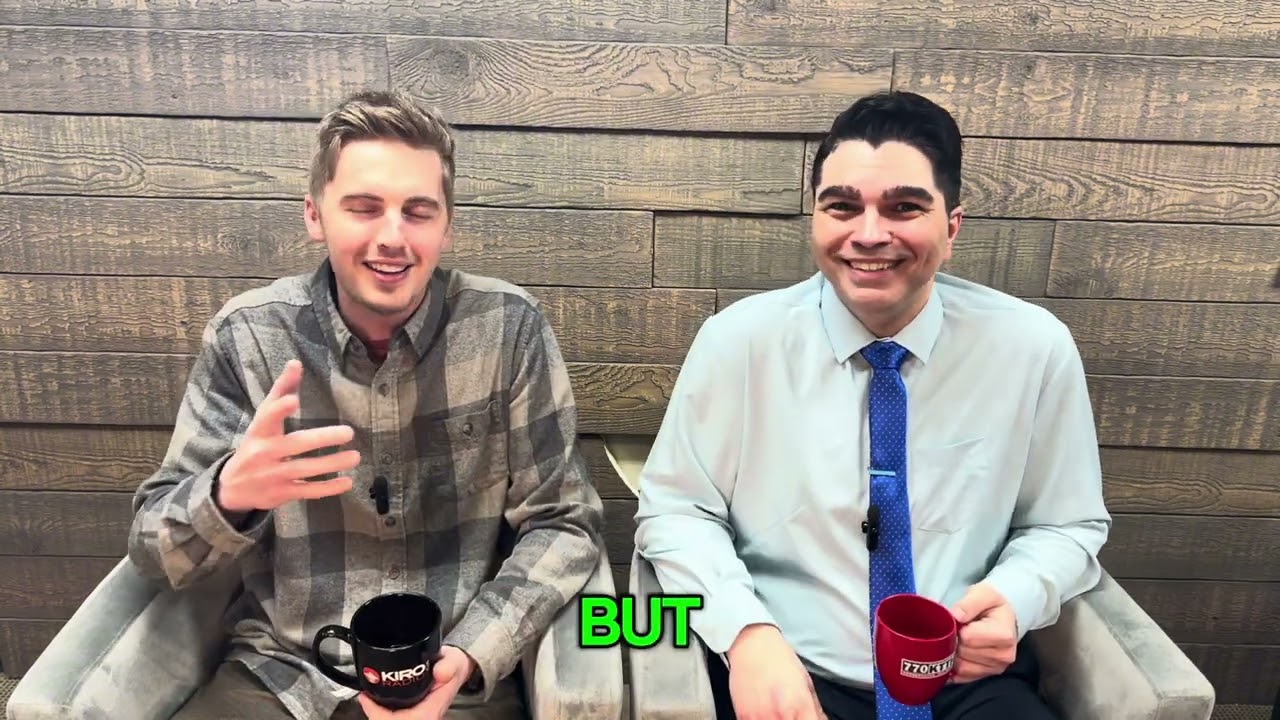UW professor: Election polling is ‘both art and science’
Oct 20, 2020, 9:05 AM

Voters fill out their ballots as they vote at the Stephen P. Clark Government Center polling station on Oct. 19, 2020, in Miami, Florida. (Photo by Joe Raedle/Getty Images)
(Photo by Joe Raedle/Getty Images)
In 2016, it seemed to be a done deal that Hillary Clinton would win the presidential election before what was considered a major upset that led to a Donald Trump victory. Much of what was blamed on the media after the election was actually what the media was reporting based on polling.
To explain if the polls were that inaccurate or if it was the reporting, Mark Alan Smith, a political science professor at the University of Washington, joined KIRO Nights with more insight.
“As far as the accurate part, the national polls were actually pretty close [in 2016],” Smith said. “… Even if you just take a simple average, you get to a Hillary Clinton victory in the realm of about 3-4 points, and she actually ends up winning by, I think the exact number was 2.1.”
While the national polls weren’t too far off, they were off by more in some of the crucial battleground states.
“There, the polls were off by about 4-5 points. And because they were off by about 4-5 points, they had Hillary Clinton with a narrow win that, given that error, becomes a narrow Trump win,” Smith explained. “And because those are the decisive states in the Electoral College, therefore, Trump becomes president. So we have two things going on, pretty accurate nationally, a little bit off, but off by more than that in a handful of a very important states.”
This year, Smith says, the pollsters are aware of the errors in those crucial states from 2016. The errors were in part because there just weren’t that many polls in those states, and they weren’t always the best or most reliable.
“But then another part of the story is just Trump had more support in that part of the country than we were expecting based, for example, on previous elections,” Smith said. “Like, say, the 2012 election, how well Republicans and Democrats typically do in different states. … It was partly a polling error and partly just a failure to anticipate Trump’s support.”
“Well now, we’re four years later. And, of course, the very same pollsters who were inaccurate in those states last time, they know that, and so they have adjusted their methods,” he added.
Smith says polling is challenging for a number of different reasons, in part because it’s hard to get people to participate. Additionally, those that do participate are systematically different than those who do not, so adjustments have to be made to take into account “non-response bias.”
“What’s often done are various kinds of weighting techniques where if you have a good sense of what the electorate is going to look like, how many percent of people have different levels of education? How many percent of people are from different races? How many percent of people are from rural versus urban, or other kinds of characteristics? And then, if you’re getting fewer than your expected number of people in the polls, in a sense you kind of upweight those people to make them count more in your poll, to make it more demographically representative of the whole population,” Smith explained.
“And if you get too many people in another category, you down weight those because in the actual electorate they’re not going to be as fully represented as they are in your poll,” he continued.
This may sound simple, but the precise weights of the electorate are not always known. Plus, the electorate can change between elections.
“There’s all of those factors that are themselves changing and the pollsters are trying to keep up with those factors. So it’s a bit of a moving target, and that’s why I like to think of polling as, in a way, kind of both art and science,” Smith said. “There’s certainly a science aspect in terms of collecting data and being systematic and rigorous and being transparent in your techniques and so on. But then there’s this art in that you’re always kind of fighting the last war in a sense, and you’re trying to pick up on things and make some predictions, and … you’re working with incomplete information.”
Looking ahead to current polls
For the upcoming presidential election, Smith says it’s important to take into account that any single poll can be off for a variety of reasons.
“We do have a bunch of polls now, they’re pointing toward something close to a double digit or maybe even in the low double digit lead for Joe Biden nationally, and then a little less than that in some of the close and crucial battleground states from last time,” he said. “And that would seem to point toward, ‘OK, Joe Biden’s doing pretty well where we’re at right now. Donald Trump is not doing as well.’ But this brings us back to what I mentioned before in the art and science of polling in that it’s a projection.”
“It’s partly based on asking people who are you voting for right now? And, of course, that could change,” he added. “We’re still about three weeks out from the election.”
Some people have already voted, and their votes won’t change, but presumably others could still change their mind before they turn in their ballot.
However, Smith says, there’s good reason to believe that there are fewer undecided voters this year.
“The more undecideds you have, the harder the polling is because you’re going to have to make some projections based upon the people you have,” he said. “And you don’t exactly know how the undecideds are going to break. And in 2016, they ended up breaking heavily for Trump, something like 2 to 1.”
“We have good reason to believe now … there are fewer voters out there who haven’t made up their mind,” he said. “I mean, if you kind of think about this by we’re four years into the Trump presidency, if you haven’t figured out by now if you’re a Trump supporter or a Trump opponent, you really haven’t been paying attention.”
Washington voters rush to ballot boxes over first weekend of voting
That said, Smith again said if there are errors in the polls this year, it won’t be the same as 2016, but it could perhaps be due to inaccurate projections in voter turnout, which is especially hard to predict in the middle of a pandemic.
“There could be some people who were afraid to vote in person, depending on the state, or … are mail ballots accessible? In Washington, of course, it’s all mail for everybody. But in other states you have to request them and they’re different procedures, and so turnout could be affected,” Smith said.
“One possible way the polls could be wrong this time,” he added, “and Trump might be in quite a bit of better shape than the polls are indicating if, for some reason, his turnout operation is better than the pollsters are expecting, and Biden’s turnout operation is worse than the pollsters are expecting.”
Listen to KIRO Nights weeknights from 7 – 10 p.m. on KIRO Radio, 97.3 FM. Subscribe to the podcast here.













